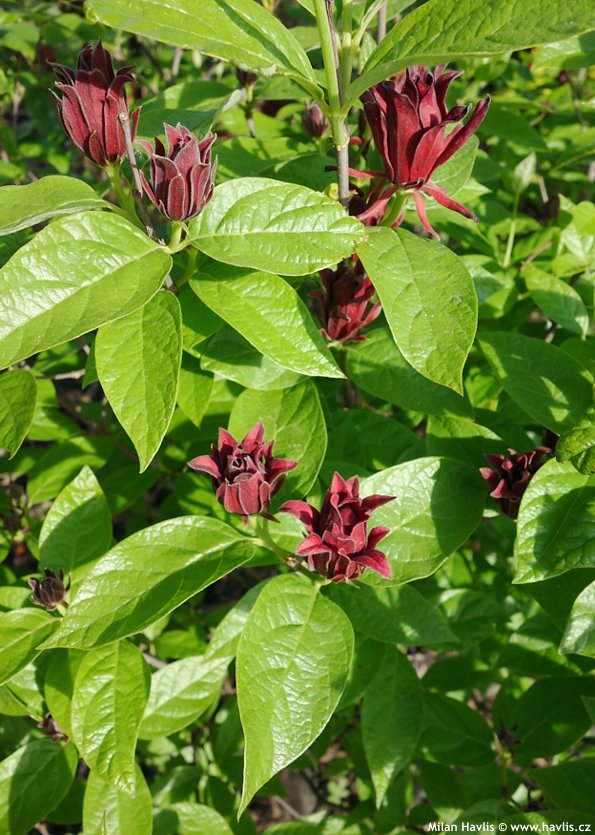 Image 1 of
Image 1 of


Calycanthus Floridus (Calycanthaceae)
A native shrub that is more typical of the Southeastern US, but in our cities and towns, or a protected site this unique shrub can thrive. It is commonly known as sweetshrub because the entire plant has a camphor-like scent. The leaves are a shiny, dark green that change to a bright, clear yellow. It flowers over a long period in the later summer with unique burgundy to red flowers that carry that unique scent. Can be susceptible to tip die in more exposed sites. A genus of only three species. C. Chinensis is from Asia and is also found in gardens. Another plant from the great Eastern Asia/ Eastern North American split.
AVAILABLE THIS YEAR
We lost most our larger plants in last years flooding. We have a new crop of 3 year old plants in 4” pots. A bargain! Maybe a few gallons.
A native shrub that is more typical of the Southeastern US, but in our cities and towns, or a protected site this unique shrub can thrive. It is commonly known as sweetshrub because the entire plant has a camphor-like scent. The leaves are a shiny, dark green that change to a bright, clear yellow. It flowers over a long period in the later summer with unique burgundy to red flowers that carry that unique scent. Can be susceptible to tip die in more exposed sites. A genus of only three species. C. Chinensis is from Asia and is also found in gardens. Another plant from the great Eastern Asia/ Eastern North American split.
AVAILABLE THIS YEAR
We lost most our larger plants in last years flooding. We have a new crop of 3 year old plants in 4” pots. A bargain! Maybe a few gallons.
A native shrub that is more typical of the Southeastern US, but in our cities and towns, or a protected site this unique shrub can thrive. It is commonly known as sweetshrub because the entire plant has a camphor-like scent. The leaves are a shiny, dark green that change to a bright, clear yellow. It flowers over a long period in the later summer with unique burgundy to red flowers that carry that unique scent. Can be susceptible to tip die in more exposed sites. A genus of only three species. C. Chinensis is from Asia and is also found in gardens. Another plant from the great Eastern Asia/ Eastern North American split.
AVAILABLE THIS YEAR
We lost most our larger plants in last years flooding. We have a new crop of 3 year old plants in 4” pots. A bargain! Maybe a few gallons.

